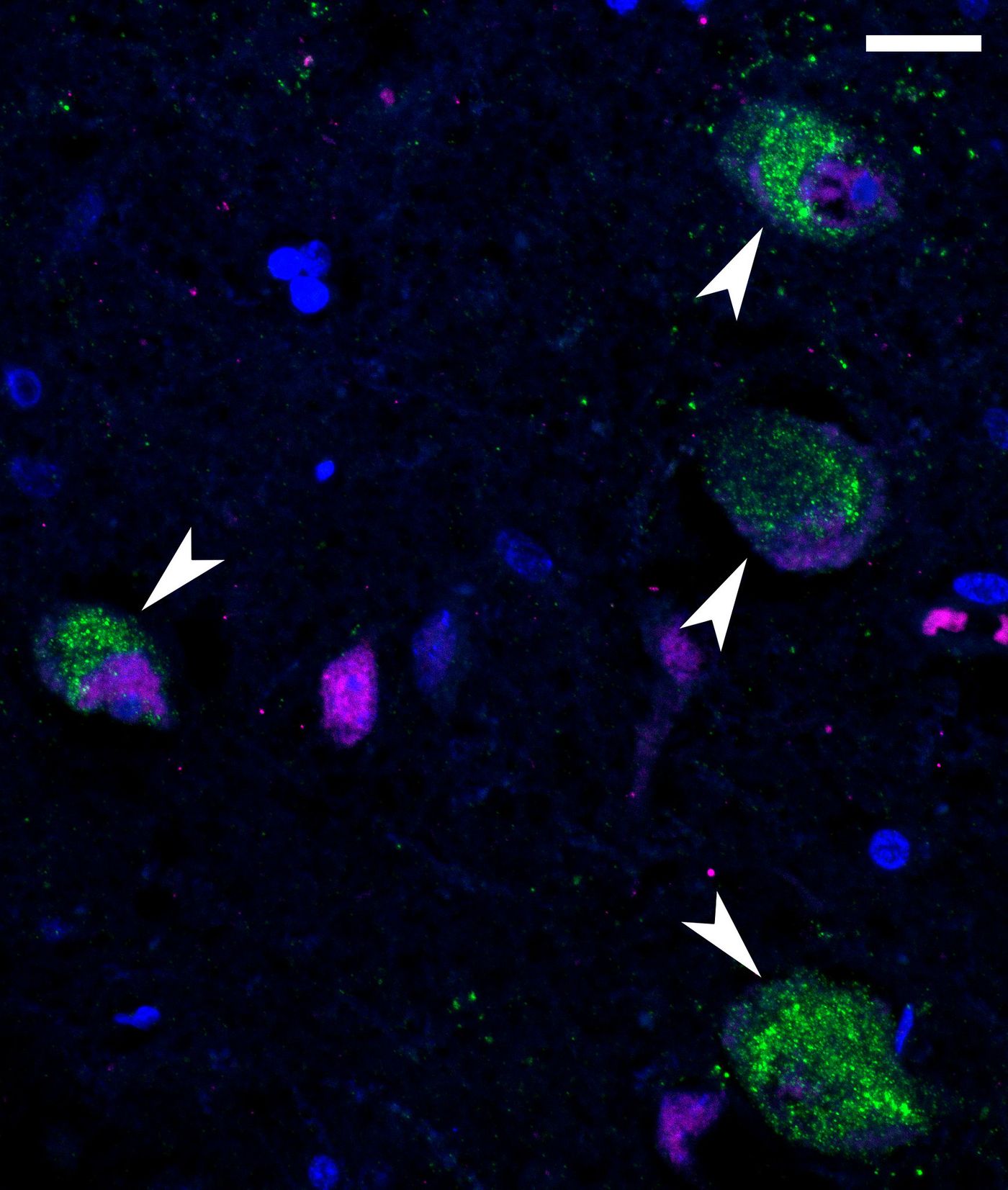Autopsies Reveal SARS-CoV-2 in the Human Brain & Other Tissues
Since the start of the COVID-19 pandemic, researchers have sought to learn what types of cells SARS-CoV-2 infects. For months, there has been debate about how the neurological symptoms that are associated with COVID-19, including fatigue, a loss of smell or taste, and brain fog are occurring, and whether neurons themselves were being infected or if they were being impacted by something else, such as the vascular damage that can occur with a SARS-CoV-2 infection. New research has examined post-mortem samples from 44 people who died with COVID-19, and it has shown that the virus can be found all over the body, even in the brain, and that the virus lingered for as long as eight months in some people. The findings have been reported in Nature.
Scientists conducted autopsies on patients between April 2020 and March 2021; in eleven cases, extensive sampling was done of the nervous system. SARS-CoV-2 was found to have infected and damaged tissues in the airways and lungs, which was no surprise. But the virus was also detected in 84 other body tissues and fluids. Diverse samples were found with the virus including the adrenal gland, eye, heart, gastrointestinal tract, lymph nodes, and brain. While the median time from the onset of symptoms to death was about 18 days, there was one case in which SARS-CoV-2 RNA was found 230 days after symptoms started.
RNA and protein from SARS-CoV-2 was also found in the hypothalamus and cerebellum of one patient, while another patient carried the virus in their spinal cord and basal ganglia. Although high levels of the virus were detected in these cases, there was not much tissue damage in the brain, the researchers noted.
The median age of the study participants was 62.5 years old. There were three or more underlying conditions in about 60 percent of cases, None of the individuals had been vaccinated, and blood plasma tested positive for the virus in 38 cases. There were no plasma samples for three other volunteers and three plasma samples tested negative.
Other studies have not found SARS-CoV-2 in the brain or central nervous system. The researchers suggested that they ensured that this latest analysis was performed soon after the patients had died, tissues and samples were collected in a standardized way, RNA was preserved by flash-freezing, and brain tissue was dissected prior to being treated (or 'fixed') for analysis. These approaches have enabled the investigators to detect the virus, using both PCR (polymerase chain reaction) and ISH (in situ hybridization), setting this work apart from other studies.
This research has indicated that SARS-CoV-2 is not just a virus that impacts the respiratory system - it affects many other tissues too. The wide distribution of virus may also be linked to the symptoms that people with long COVID experience.
The investigators will be performing similar studies in the future with additional patients, including some that have been vaccinated and others that were infected with different variants, some of which are still circulating. The scientists also want to know more about how long COVID is occurring, and how to treat it.
Sources: University of Minnesota, Nature
-
APR 30, 2024Immuno-Oncology Virtual Event Series 2024
-
MAY 07, 20243rd International Biosecurity Virtual Symposium
-
SEP 03, 2024Microbiology Week Virtual Event Series 2024
- See More


















































